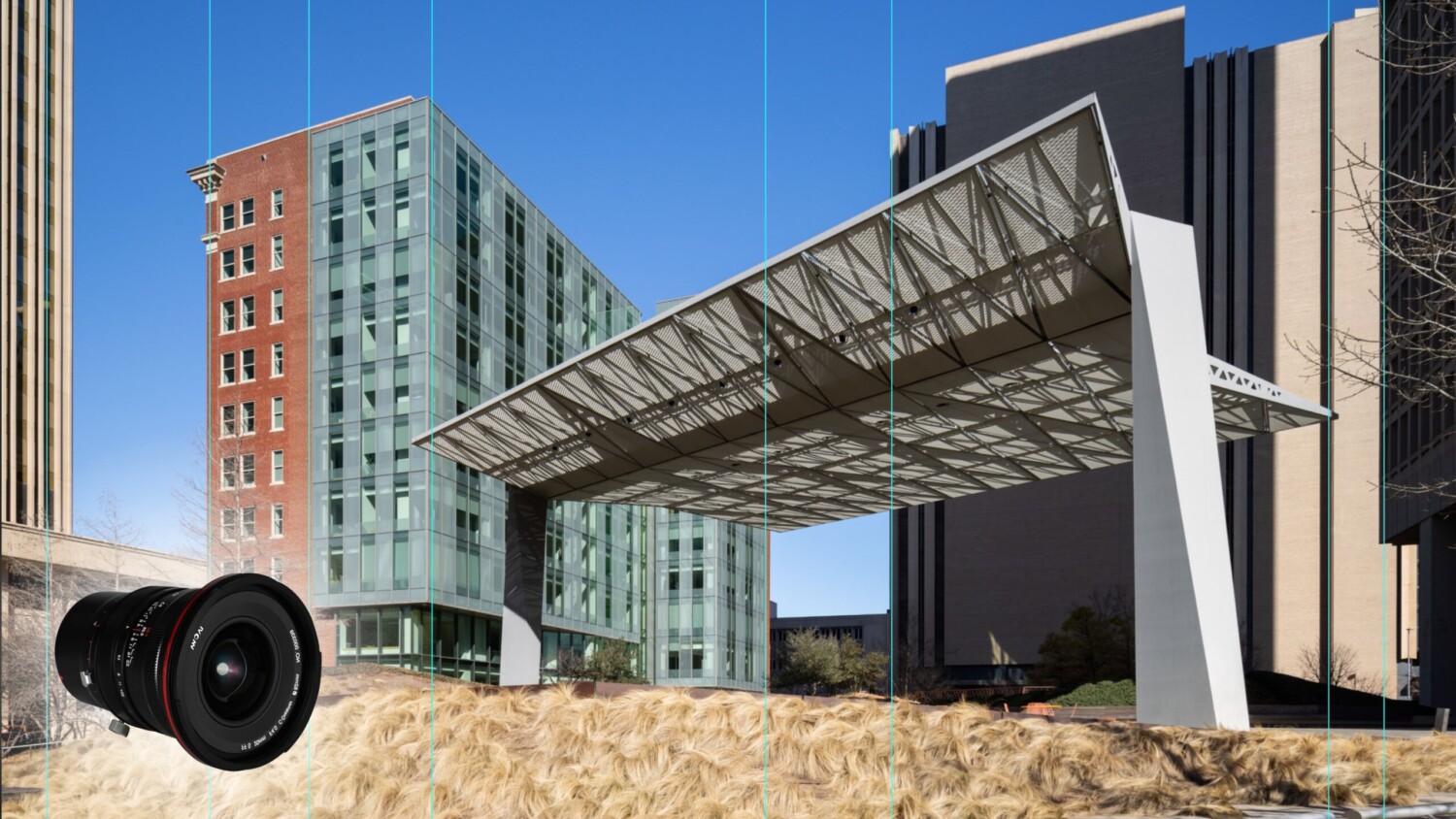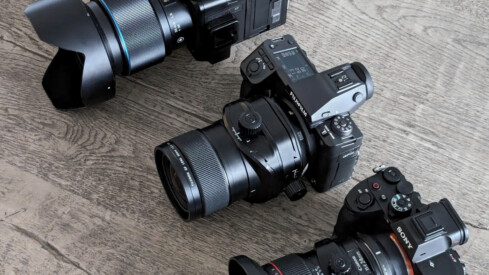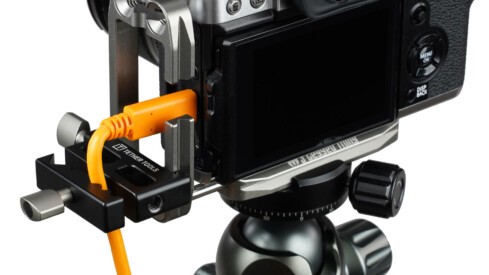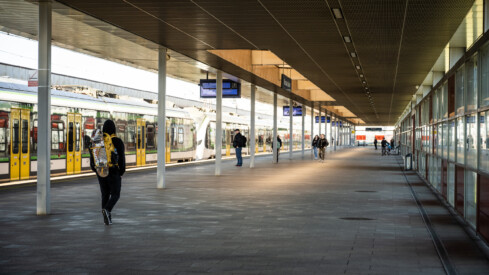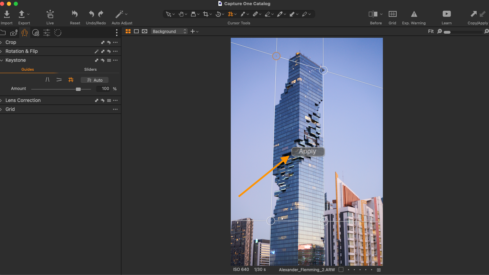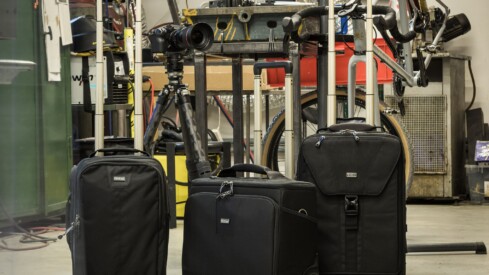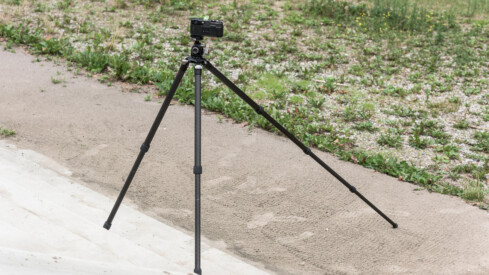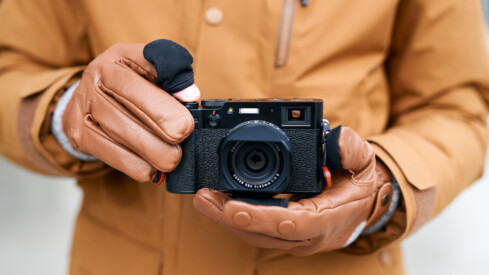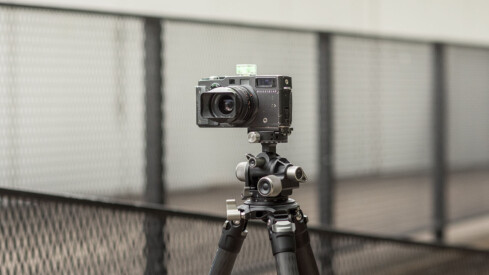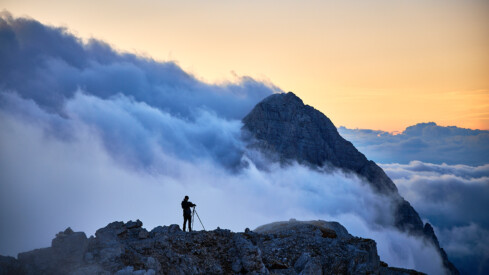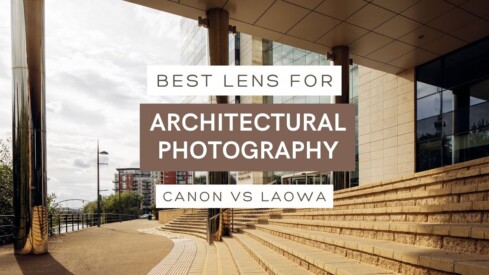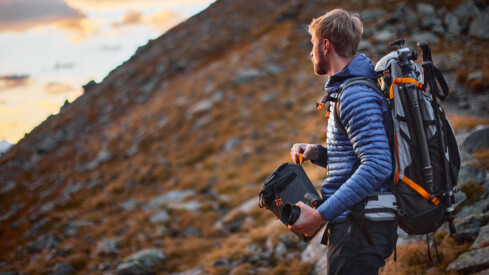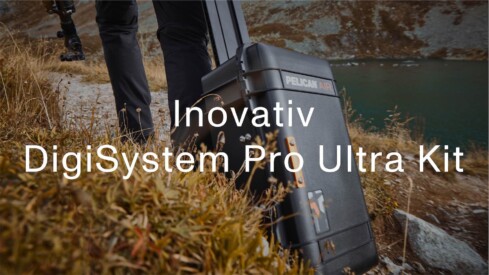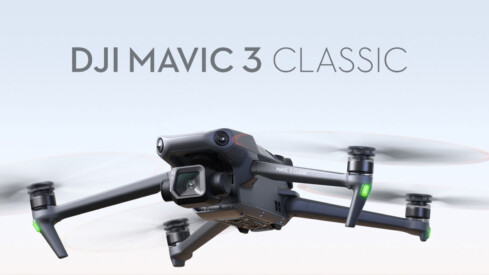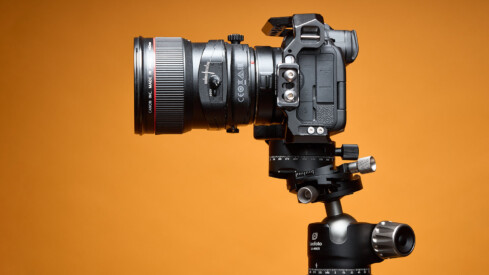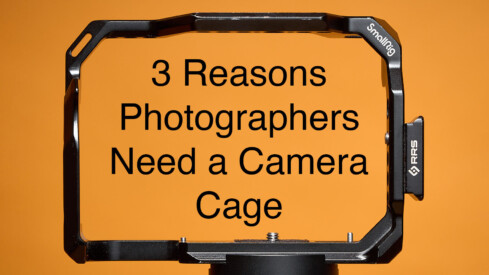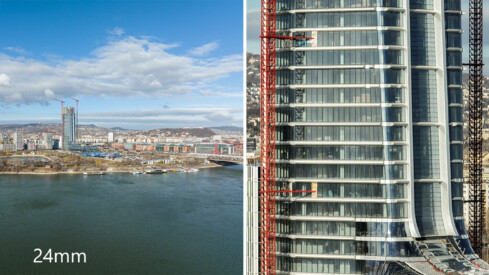Not everyone who takes photos needs to have a tripod. However, in architectural photography, a camera practically doesn’t exist without a tripod. Moreover, it is worth having more than one tripod! Many people believe that the optimal solution is to have three models…A large, versatile “workhorse” tripod (such as the previously mentioned Leofoto LM-324CL or the competing Gitzo GT3543XLS)
A medium-sized tripod that we can always take with us, for example, in carry-on luggage or attach to a backpack when going hiking (Albrecht Voss described the Gitzo GK2545T-82QD model)
A pocket-sized tabletop tripod that can be useful in specific situations (check out Mike Kelley’s review of the Platypod or the Gitzo Mini Traveler Tabletop Tripod).This
